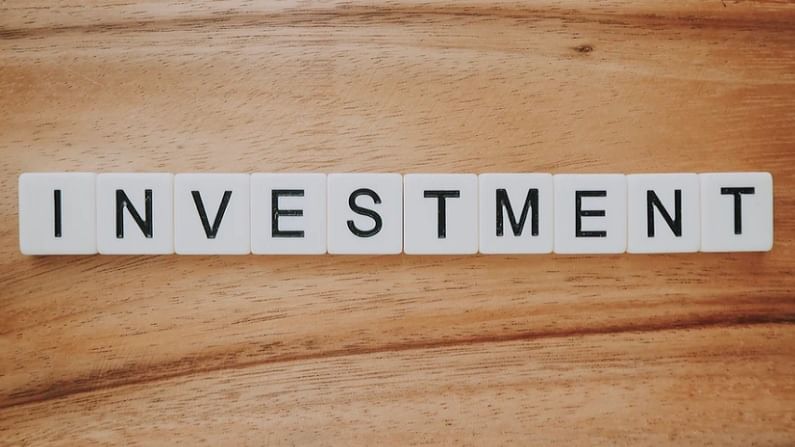First-time investors: Check expert tips on asset allocation
Debt, equity, gold and retirement planning should be the major guiding factors of investment planning

If you are young and want to start investments, experts advise that one of things you should never forget is that investments always attract a degree of risk and one has to be aware of the risk different instruments entail.
Investment planners always advise that one should put one’s money into those instruments that are easy to understand and have a track record of decent returns. For a first-time investor the invested amount should be low that can be ramped up with time.
Eventually the investment pattern of a person depends upon the individual’s risk appetite and outlook. Money9 has talked to some investment planners and experts to figure out what would be the right pattern of investment of a new young investor.
Asset allocation format
You need to have an asset allocation plan in place across equity, debt and gold.
“Asset allocation for every investor is different and it is based on the overall financial objectives of the person and the individual’s risk appetite. As a beginner, it would be a good strategy to gradually increase allocation into equities. It is fine to have a higher allocation in the bank and debt instruments at the initial stage,” said Nilotpal Banerjee, an investment planner based in Kolkata.
Equity portfolio
For a newbie, experts always advise to put a maximum of 25% of the total investment in equity portfolio. Once the investor gets comfortable with the volatility of the equity market, he/she can start increasing the amount gradually.
First-time investors in equities may start with index funds and over time may add large-mid and small cap funds. Choosing the right equity mutual fund (MF) is an equally important task. But one should avoid thematic and sectoral funds in the initial years of investing.
“A first-time investor should put 25% of the total investment into equity sector, out of which only 5-7% might be in stock market and rest should be in equity based MFs. This portion should be increased within 2-3 years,” said Narayan Jain, an income tax consultant.
Nilotpal said that if a person starts investing at the age of 26-27 years then the equity portfolio should increase to at least 40% by the age of 30. One can go till 70% by the age of 40-42 years if risk appetite is high. But more than 70-72% allocation in equity market is not advisable at all.
Debt portfolio
As a beginner, the portion in debt instruments should be at least 50% in early days. Mainly putting money into debt instruments like PPF (public provident fund), FD (fixed deposit), NSC (national savings certificate) or RD (recurring deposit) should be the priority of the investor.
The portion should progressively decrease as the person is habituated with the equity-mutual fund markets.
“At the very start days the debt portion should be half of the total investment, but with years the portion in debt instruments should decrease. Between 29/30 years and 50 years a person should invest aggressively in equity market. Before and after this 29-50-year age band he should keep more money in debt portfolio,” said Arvind Agarwal, a CFA.
By default, for a salaried individual, 12% of basic salary goes into the EPF which is a debt asset. Young investors with girl child below 10 years of age may consider opening a Sukanya Samriddhi Yojana, which comes with a government guarantee and tax exemption. Both PPF Sukanya Samriddhi provide tax benefits under section 80C of the Income Tax Act.
A number of debt instruments are come under the purview of section 80C of IT act, 1961.
Gold portfolio
Besides physical gold, an individual should put some money into gold bonds and gold ETFs. But if anyone is looking for security and safety, sovereign gold bonds are the best option, said Agrawal.
These bonds are backed by RBI and offers confirmed return. But if anyone is willing to take a small degree of risk, gold ETFs or gold MFs are good options. A new investor should keep at least 20% of the total invested amount into gold, say experts.
Retirement planning
For a young investor, retirement is often an ignored goal. But you should plan it from the very first day of your investment, and then only you will make a big and healthy corpus at the age of 60.
NPS is one of the appropriate options if you want to plan it from the very first day. A young investor can put 75% of the total money of NPS into equity and 25% in government and corporate bonds, said Narayan Jain.
“The returns would be high and risk proposition is low as far as NPS is concerned,” added Jain.
The good part is that if you start investing early, you will need a small amount to accumulate a large sum at retirement. You may also create a separate equity MF portfolio along with some portion of savings in NPS for retirement.
Bottom line
Investors should keep in mind that the purpose of investing money across different asset classes should be based on their financial objectives, time horizon, and risk appetite. It is quite likely that the asset allocation of two individuals of the same age is similar but the risk profile would differ as one might have more short-term goals while the other may have more long-term goals.
So before putting your money please consult a certified financial advisor, said experts. They said, there is no right age to begin investing. One should start investment when one gets his or her first salary.